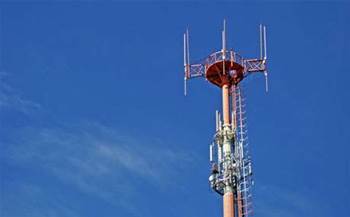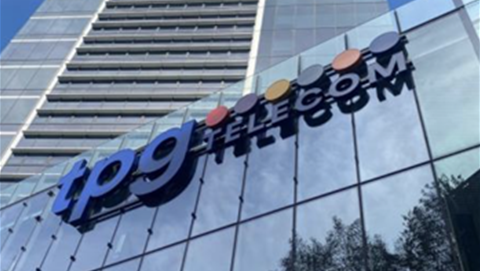NBN Co has defended its decision to shift 62 towns from fibre-to-the-node to fixed wireless connections, arguing they could end up better off with higher possible speeds.
The network builder used senate estimates hearings last night to respond to an investigative series by iTnews into the company’s replacement of its FTTN network with FTTC and fixed wireless, and the rise of unserviceable premises.
As part of an exclusive reconstruction of NBN Co’s three-year plan in March, iTnews revealed that a number of towns would forgo a fixed-line connection for wireless.
NBN Co did not confirm the exact number of towns shifted to fixed wireless. However Simon and CEO Bill Morrow argued that shifting into the fixed wireless footprint could be advantageous.
“What we’re delivering is a technology-agnostic solution, where 50Mbps on fixed wireless is still 50Mbps. It’s no different to 50Mbps on FTTN or 50Mbps on FTTP,” Simon said.
“Our fixed wireless product is one of our best regarded products out there. It can already go to 50Mbps and [soon] to 100Mbps. So relative to the speed tiers that they can get [on fixed wireless] they’re at no disadvantage [by being moved off a fixed-line connection].”
Morrow argued “fixed wireless could deliver faster than fibre-to-the-node in some cases.”
“It depends on how close that home is to the node,” Morrow said.
NBN Co recently said it would enable 100/40Mbps on its fixed wireless network in early 2018.
That, Morrow said, could prove an attraction to users previously in the FTTN footprint, particularly those who were quite a distance from the nearest node.
“FTTN has a 25-100Mbps range depending on how close you are to the node, and since [we first launched FTTN] we have performed technology enhancements to fixed wireless where that can go all the way up to 100Mbps for many of those homes – not all of them, but many of those homes,” Morrow said.
“This is around the corner, but it’s a close corner that we’re approaching, and today many people can order 50Mbps [on fixed wireless].
“Fixed wireless technology has evolved to where it can give a greater speed than those people at the end of the FTTN copper loop length. If they’re furthest from the node then they’re capped at 25Mbps.”
Service class zero growth
NBN Co was also quizzed over the growing number of so-called “service class zero” and equivalent premises in the rollout.
These are premises in ready for service areas for which additional work is required before they will be able to carry retail services.
Although NBN Co recently said such premises could be left waiting years to be remediated, Morrow told estimates last night at “most” would be “rectified within six months”.
“Our teams are constantly looking at how they can improve or reduce that down to three months and reduce the number that is within,” Morrow said.
“There will always be the exception but our commitment is everyone will be connected by the year 2020.”
Simon said currently six percent of brownfields premises were “skipped on first pass” but they were “typically followed up in six months”.
“There might be a rare case where it gets pushed out beyond the six months,” Simon said.
“I think we are hitting most of them within the six months.”
Skipping premises that needed additional work would “deliver a better end user experience” to those affected, Simon argued.
“We found that some premises when an order was placed needed civil work. As soon as you need to get civil crews out there it creates a whole level of complexity and appointments get missed or it doesn’t get installed on time,” he said.
“So rather than doing the civil work as part of the order process, we’re completing the construction and having construction crews go through and complete that [extra work then instead]."
“Once they have done it, [the end user will] have the lead-in all the way through to their premises and then it’s a much simpler installation.”



.jpg&h=140&w=231&c=1&s=0)






















